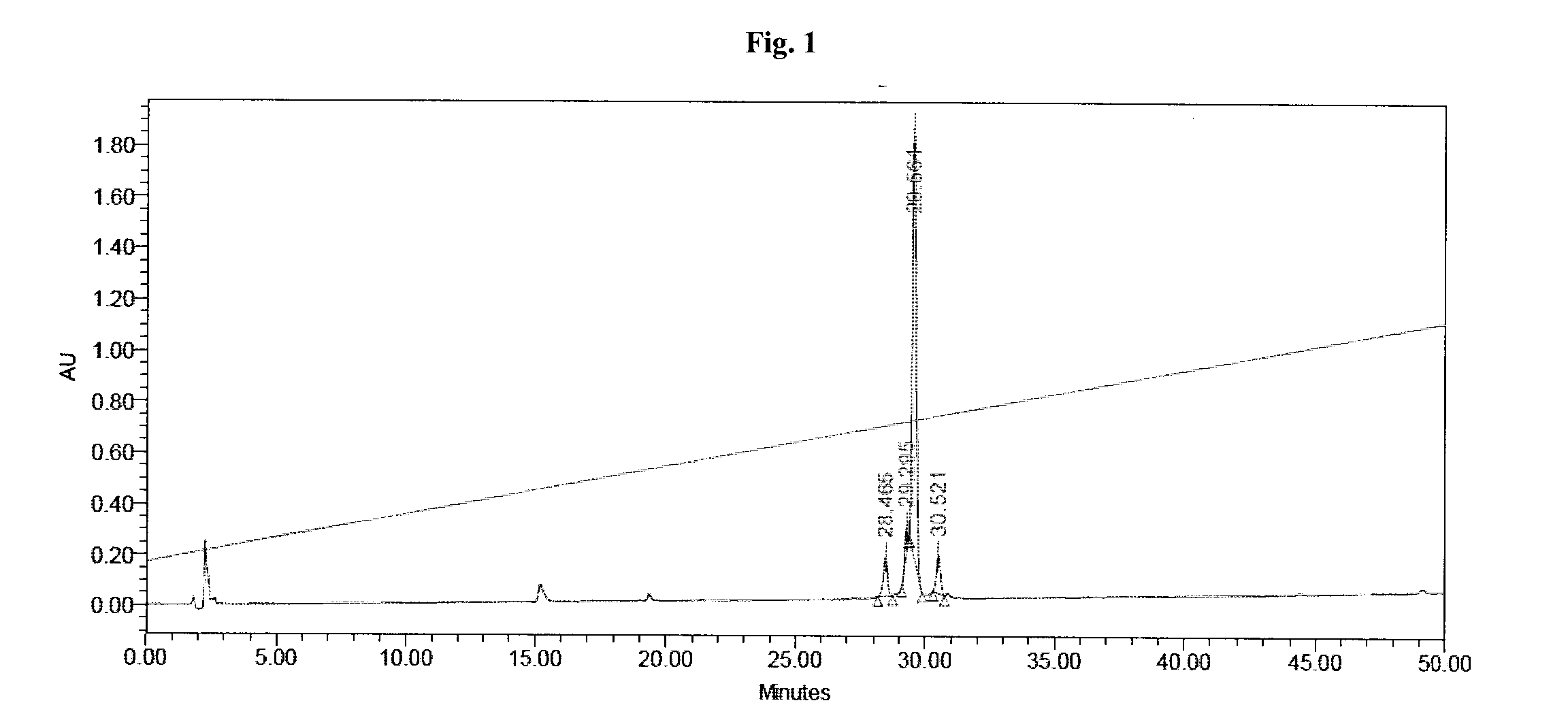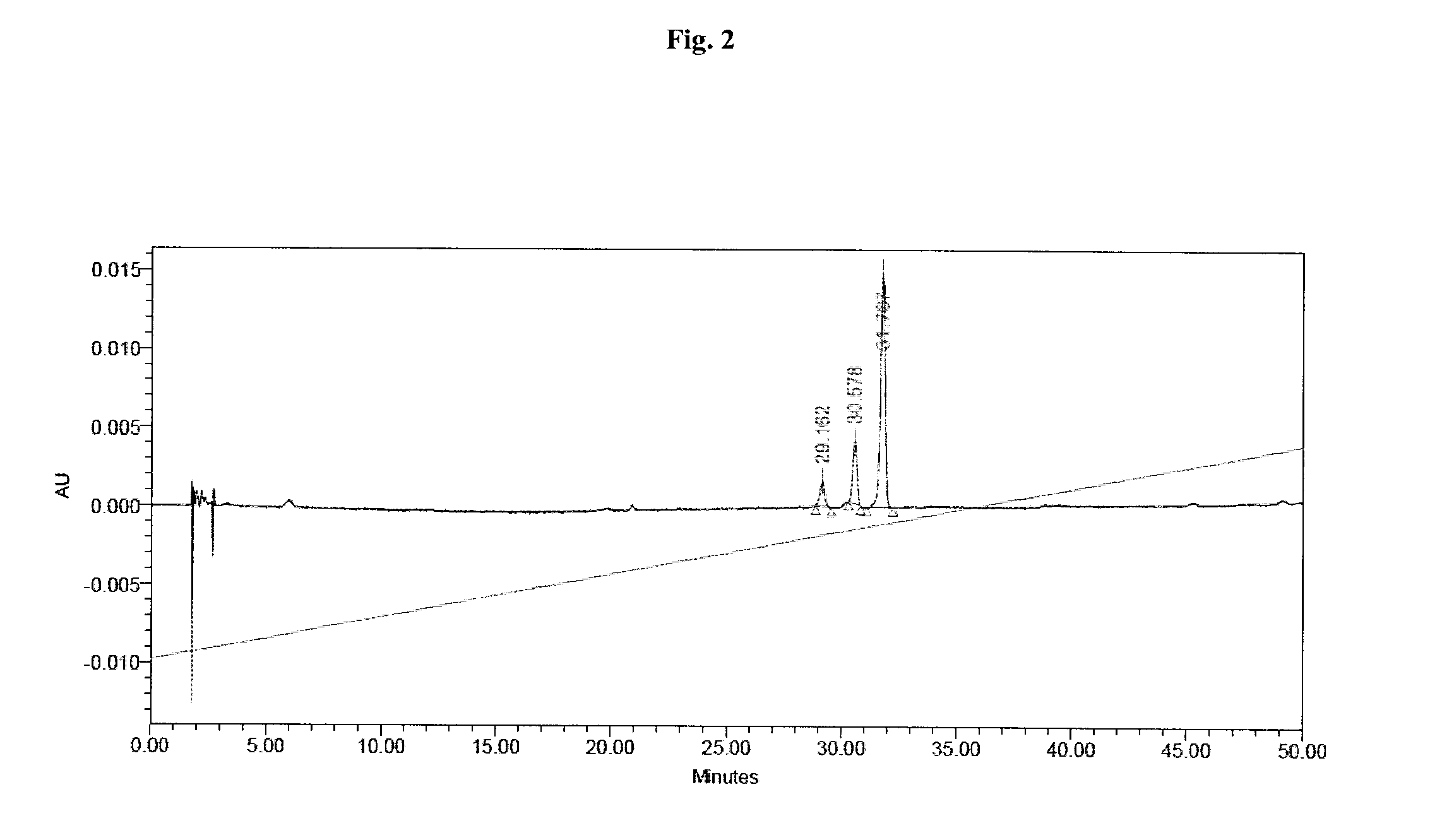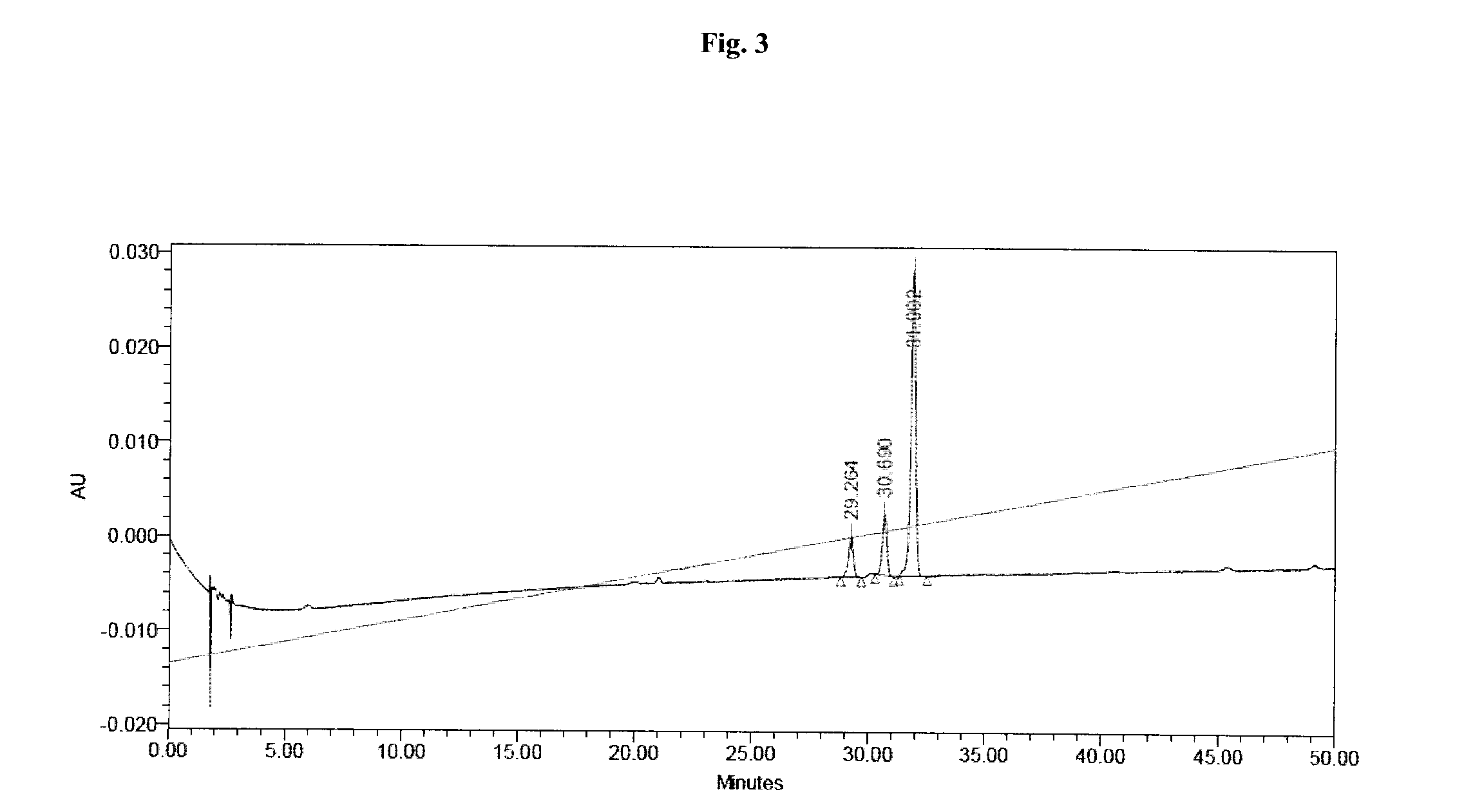Spiro-oxindole mdm2 antagonists
a technology of oxindole and mdm2, which is applied in the field of oxindole mdm2 antagonists, can solve the problems of poor cell permeability, inability to identify potent, non-peptide small molecule inhibitors, and poor cell permeability, and achieves less toxic, less toxic, and great anti-tumor activity and clinical benefit.
- Summary
- Abstract
- Description
- Claims
- Application Information
AI Technical Summary
Benefits of technology
Problems solved by technology
Method used
Image
Examples
embodiment i
[0536]A method of treating, preventing, or ameliorating cancer in a patient, wherein the method comprises pulsatile administration to the patient a therapeutically effective amount of a compound having Formula XII:
or a pharmaceutically acceptable salt thereof,
wherein:
R1a, R1b, R1c, and R1d are each independently selected from the group consisting of hydrogen, fluoro, and chloro;
R2 is:
[0537]
wherein:
R6a, R6b, R6c, R6d, and R6e are each independently selected from the group consisting of hydrogen, fluoro, and chloro;
R3 is optionally substituted C1-C8alkyl;
R4 is selected from the group consisting of hydrogen and optionally substituted C1-C6 alkyl;
R5 is selected from the group consisting of:
wherein:
R7 is selected from the group consisting of hydrogen and optionally substituted C1-C4 alkyl;
X is selected from the group consisting of O, S, and NR′;
Y is selected from the group consisting of O, S, and NR″;
R′ is selected from the group consisting of hydrogen and optionally substituted C1-C4 al...
embodiment ii
[0538]The method of Embodiment I, wherein R4 is hydrogen, or a pharmaceutically acceptable salt thereof.
embodiment iii
[0539]The method of Embodiment I, wherein X is NH, or a pharmaceutically acceptable salt thereof.
PUM
 Login to View More
Login to View More Abstract
Description
Claims
Application Information
 Login to View More
Login to View More - R&D
- Intellectual Property
- Life Sciences
- Materials
- Tech Scout
- Unparalleled Data Quality
- Higher Quality Content
- 60% Fewer Hallucinations
Browse by: Latest US Patents, China's latest patents, Technical Efficacy Thesaurus, Application Domain, Technology Topic, Popular Technical Reports.
© 2025 PatSnap. All rights reserved.Legal|Privacy policy|Modern Slavery Act Transparency Statement|Sitemap|About US| Contact US: help@patsnap.com



